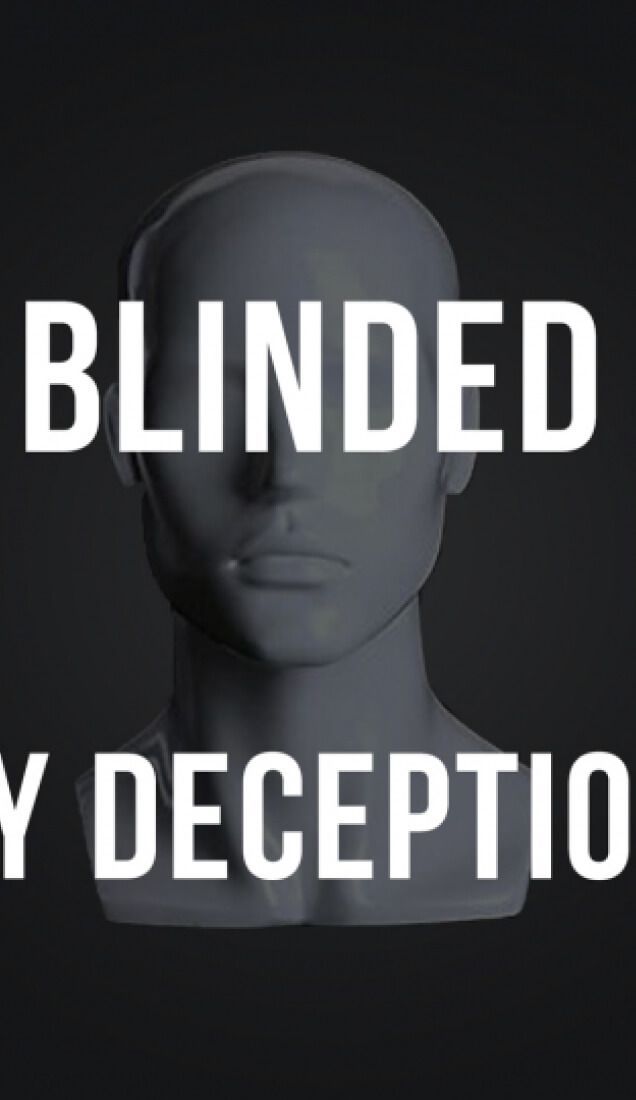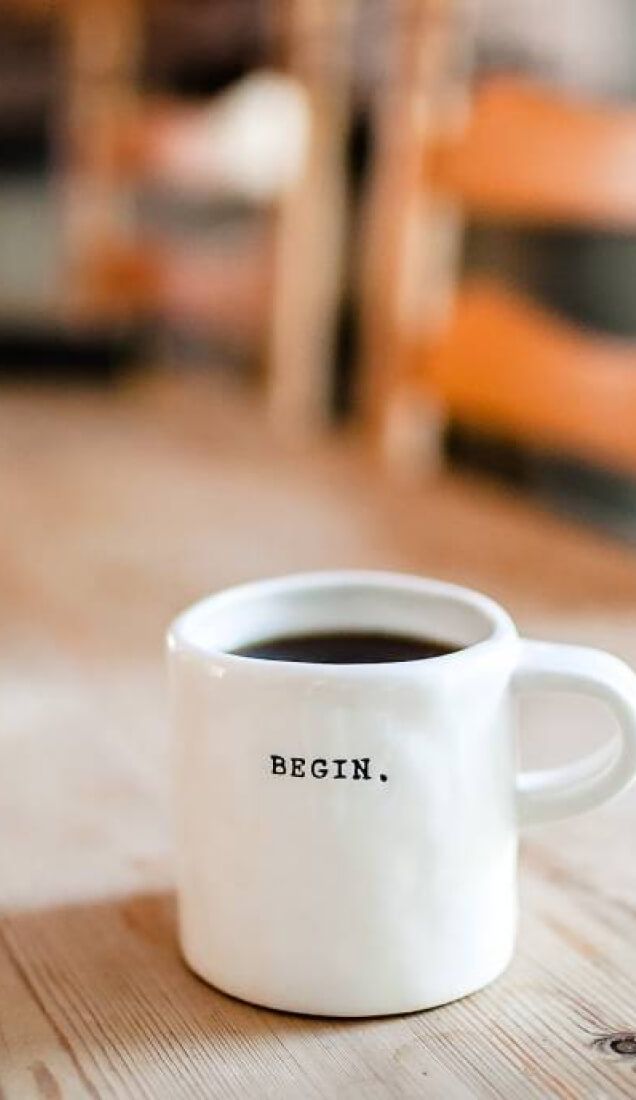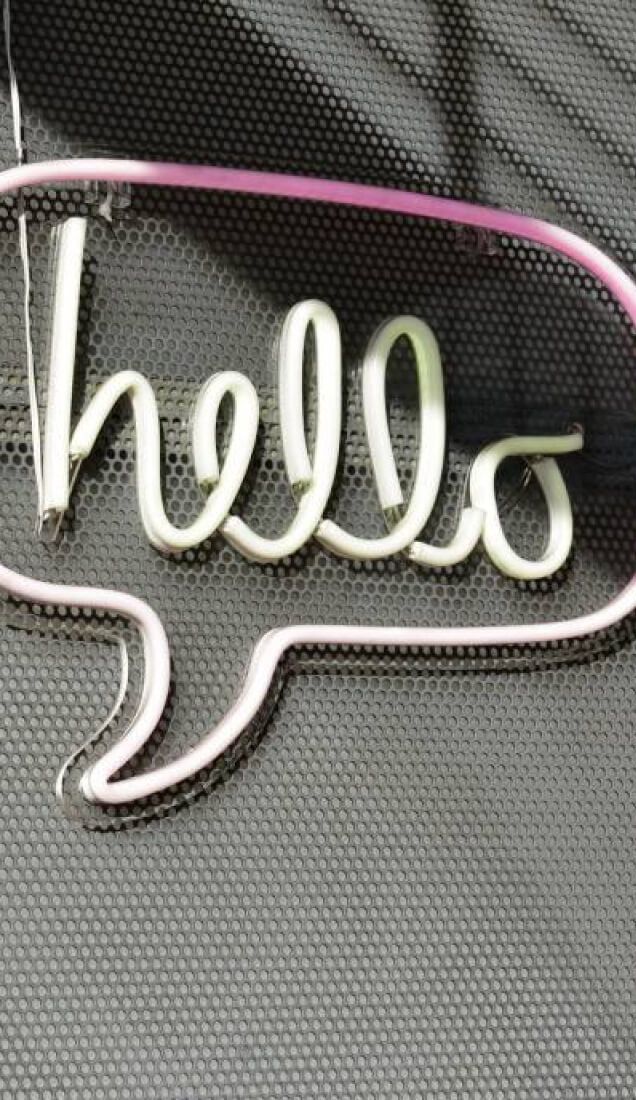How UI/UX Can Increase Your Revenue
March 29, 2023
Well thought out UI/UX design is essential when refining your site and your marketing strategy, putting the user at the centre. But for those unfamiliar with UI/UX it can seem a little daunting. We chatted to our UI/UX Designer Tom Aisthorpe to find out what makes a great user experience and how UI/UX design can increase your revenue.
What is UI/UX Design and how do the two differ from one another?
UI design, or User Interface Design, refers to the front-end design users see on websites and apps. It is the styling of colours, shapes, typography, animations and interactive elements that users come into contact with.
UX design, standing for User Experience Design, is the back end of what the users see. It’s the journey of design that users will follow through the website or app, instead of the aesthetics over the top. Specific layouts, content hierarchy, usability, and user flows are part of a UX designer’s job.
What is the impact of poor UX?
There are many negative impacts of poor UX; these include high drop-off rates, poor user retention, incomplete user journeys, low page scrolling rates, and low conversion rates.
With proper UX design, websites and apps will be able to handle these issues. UX designers are specialists in their field who not only know how to avoid these issues whilst designing, but also how to rectify them once a website or app is live.
Data is the key to solving poor user experience. We have many tools that help to gather all the information we need to analyse the data, problem-solve, and solutionise strategies to improve the problem areas within the user journey.
The importance of UX design is monumental for a website or app. Without reasonable UX consideration, issues will undoubtedly arise within a website or app further down the line, which costs a lot of time and money.
How can a brand use UI/UX to increase revenue?
UX and UI design need each other, and one will only succeed with the other. A good UX designer can gather and analyse data to strategise an effective plan to improve conversion rates and fix low drop-off rates to help users complete their purchase journey. Additionally, a good UI designer will be able to create engaging designs to help lead the user through their journey.
Will strong UX design increase conversion rates?
Increasing conversion rates is one of the more complex issues to solve due to the multiple areas involved. Good marketing, specifically SEO, is crucial to bringing in the correct customer. Once that customer is at the website, a well-designed user journey is the next critical stage to carry the user effortlessly to the basket page. A good UX designer will create a journey that avoids useless additional content and distracting animations or pop-ups. Instead, they will craft pages with relevant content, easily usable interactions and clear signage that will efficiently take the user to the desired location.
Adding a layer of aesthetically pleasing UI design on top will enhance the journey with good typographic hierarchies, concise colours and shapes, and attractive content layouts. This should effortlessly answer all the user’s questions without them realising, which will increase conversion rates.
However, there are many other factors that come into play, including product quality, price points, understanding your audience, copy quality, and branding. When all of these areas are working in harmony, conversion rates will increase.
For marketers, where does UX come into play in the digital marketing funnel?
We can apply UX to interest, desire, and action in the AIDA model.
UX can be applied to Interest, using techniques to highlight certain products with terms such as ‘our favourites’ and ‘best sellers.’
Then in Desire, this is where UX techniques, like a well thought out content structure and a mini product journey, are used. Lazy UX Designers will implement scare tactic strategies such as ‘six people already have this in their basket’ and ‘only one remaining.’ These claims are usually fabricated, used as a tactic to project desire through the fear of missing out or panic buying. Scare tactics are normally used on websites with poor user journeys, purchase journeys or products. So, instead, they implement these strategies rather than investing in fixing the core issues. The Desire stage of the funnel involves a lot of UI, as the UI Designer will make the product visually appealing within the page. They can also lay out copy and imagery in a way that helps to lead the eye down the page towards the ‘add to basket’ or ‘buy now’ button.
Action is all to do with how the basket journey flows; leading the customer to the basket page, having them fill out the information as easily as possible, deciding on which payment methods they can use and how best to implement them. The aim for a UX’er is for the basket journey to be completed in as little time, with as few clicks, as possible, as this gives the user less chance to consider whether they need the item or not. A faster journey will also deter users from checking prices elsewhere.
The use of voucher codes is a fascinating part of the purchase journey, as there are many brands housing ‘voucher’ boxes on their site with no real purpose. Studies have shown that websites will have higher drop-off rates if they make the coupon box on their site obvious, compared to those who either don’t have one or always have codes readily available. This is because users will attempt to guess coupon codes or leave the site to find codes, feeling cheated when they don’t work and in turn leaving the purchase journey.
Your top tip?
Buy cheap, buy twice. Ensure quality UX work is being carried out by a designer who knows what they’re doing. A good, experienced UX designer may cost more initially, but the savings over time will be worth it.
Ready to improve the user journey on your site? Get in touch with our design team.








